A Tale of Two Christmas Classes
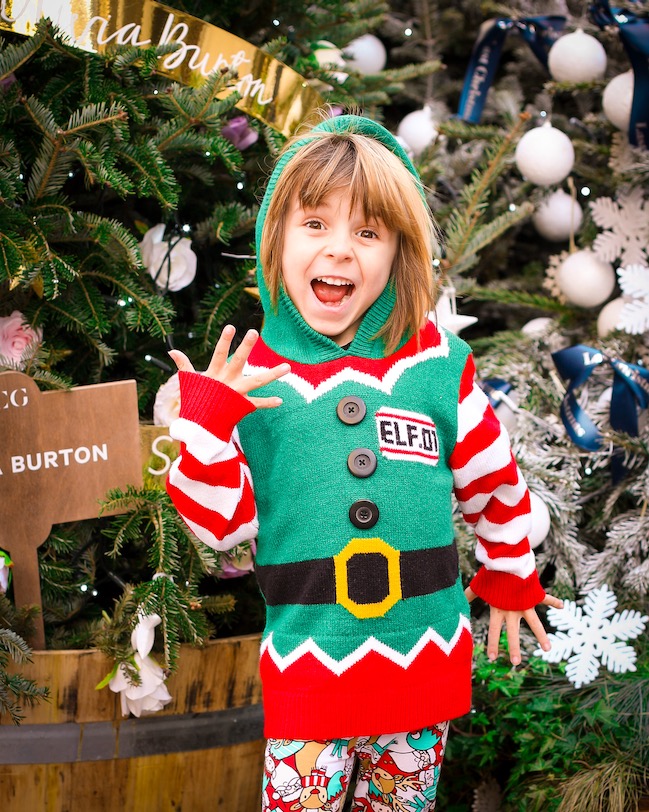
It’s the first of November! Time to start talking about something special. We all need a little glimmer of brightness shining through the holidays this year, and for years my Christmas journal has brought me just that. Some years have been tales of happiness and some have brought more than their fair share of tears, but my journal has always kept me grounded and helped me remember where and how to find my Christmas joy. Part writing, part photography, part crafting, that journal is a little oasis of calm in my December days. But what if making a book isn’t part of your Christmas joy? Could there be a way to take this same spirit and put it in the palm of your hand, no scissors and glue required? So this year, I’m actually offering two Christmas classes: the classic Journal your Christmas scrapbooking project, and a new Share your Christmas project, that lets you document your holiday joy with your phone.
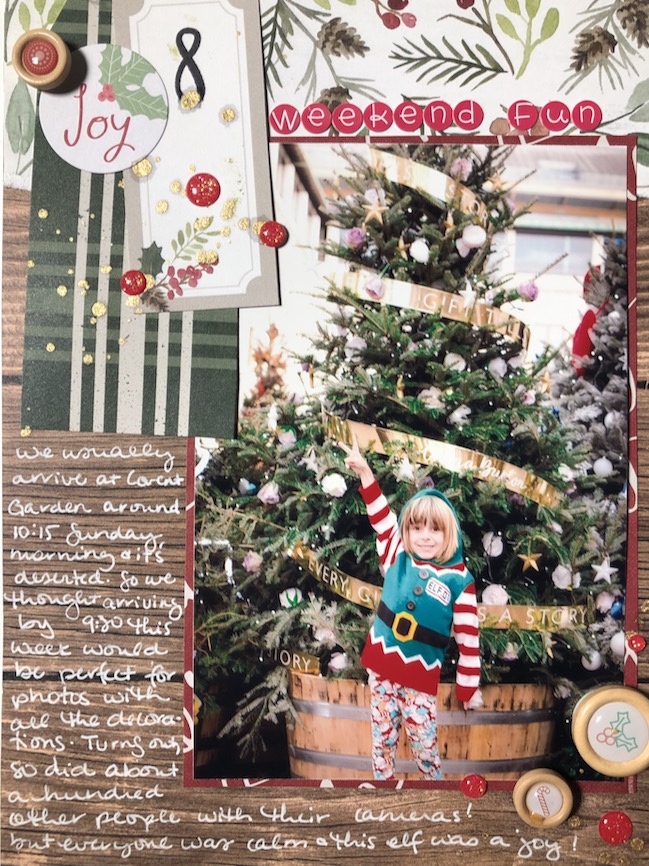
Journal your Christmas
This year I will make my seventeenth Christmas journal! If you’d like to join this project for your first time, you can sign up and then participate for as many years as you would like at no extra cost. This way you are welcome to either make a full book each year or to create just a few entries each year that go into one overall Christmas album. There’s no such thing as falling behind and adapting ideas to your style, time, and calendar is most definitely encouraged.
Each day, you’ll receive an email with a PDF that walks you through a topic of the day. These topics are revised every so often and as it’s a very different year, there are indeed several new topics on the calendar. This should keep things relevant and refreshing even if you’ve been keeping a journal since those earliest years of the class. Class runs from the first of December to the 6th of January (the twelfth day of Christmas) though you are welcome to finish your journal on any day that feels like the close of Christmas to you.
There are also near-daily scrapbooking process videos, where you’ll see my album come together one entry at a time. (I don’t post videos on days like Christmas Eve and Christmas Day, so both you and I can focus on enjoying those days with a live first, scrapbook second mentality!) You’re welcome to follow along with any supplies and format you like, and if you want to use similar supplies to mine, I will publish a list of those tomorrow afternoon.

Once your registration is processed, you’ll also have access to the full class archive, which includes hundreds of examples from different participants’ journals, assorted printables and cut files, and all the previous prompt topics, should you wish to make an early start. Please note that registrations are not automatic, and I will email you within 48 hours (usually 24 or sooner) with your login details. If you don’t hear from me in that time, please check your spam folder and if nothing’s there, please email me at shimelle@gmail.com.
Just choose your currency and click the button below for your choice of UK pounds or US dollars. If neither of those is your currency, you can still join us! Choose either and the payment will convert automatically when you make your payment.
I donate £1 for every Journal your Christmas class purchase to The Girls’ Fund at Plan, a charity that helps millions of girls who otherwise wouldn’t have access to education or basic survival needs.

Share your Christmas
I know that over the years, many who joined the Journal your Christmas project have largely left behind their paper craft hobby, as well as friends who have laughed to me about wanting to join the project but having no plans to make a book or glue any paper to another paper. I know I have come to use my phone for memory keeping right alongside my camera, my pen, and my scrapbooks, and that’s where a brand new class, Share your Christmas, comes into play.
Share your Christmas is not a scrapbooking class and does not include videos about making paper pages. Instead, it is a 24 day journey through finding Christmas joy and documenting it through your phone. You can also use your ‘proper camera’ if you like, but it’s not a requirement. You don’t need a super fancy latest edition phone, but you will need a smart phone that can take photos and short videos.
Share your Christmas begins the first of December and includes daily prompts for 24 days: finishing on Christmas Eve. Just like Journal your Christmas, class includes permanent access so you don’t have to worry about things expiring or disappearing.
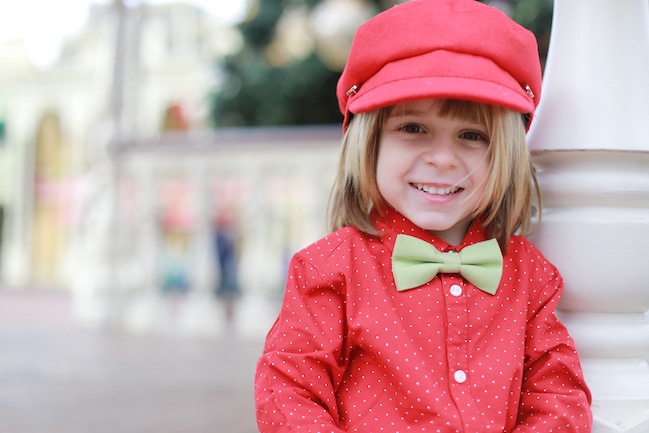
The Share your Christmas prompts will take you through five themes: guided photo styling, caption concepts, portrait practice, video challenges, and staying positive. Prompts will be delivered to you by email, and include a mix of PDF and video content. It’s up to you to decide if you would like to share your project with friends and family via social media, and we’ll cover the pros and cons of different options there as we get started. But if you have been looking for a way to bring meaning and positivity to your social media posts, this is definitely a road map for doing just that. If you follow along, you’ll have a range of photographs, videos, and captions that document what’s most important to you this holiday season.
I will donate at least £1 for every Share your Christmas purchase to my local Trussell Trust Food Bank to share Christmas joy with those finding it most difficult this December.
For both classes
You can pay by credit/debit card or Paypal account. If you would like your prompts to come to a different email address than the one on your Paypal account, please be sure to leave a note in the message to seller section with the email address you would like to use. (If you miss that, send me an email to let me know, with both email addresses.) If you’re a past participant and you have changed your email address or forgotten your login details, send me an email for that too. Thanks! If you’re a current pass holder, both classes will be available on your account from this week.
I’ve had to close commenting on blog posts because they just get hundreds of spam messages and I lose the real questions! But you can always email me, or come along to a Facebook Live (Mondays 1:30pm and Fridays 9:30am, UK time) to chat about anything that will help you!
![]()

















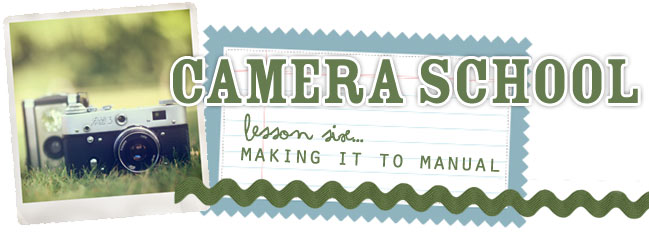
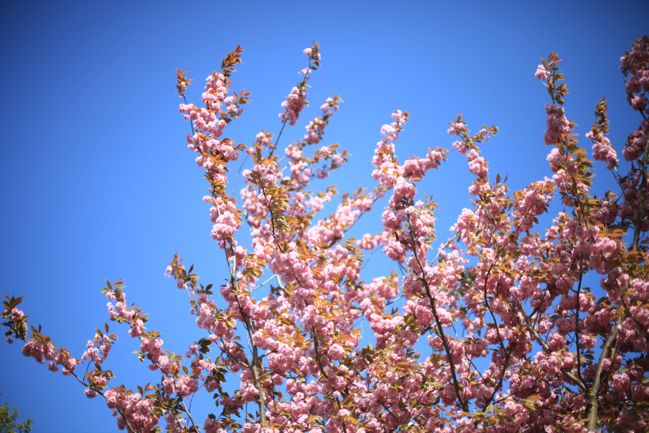
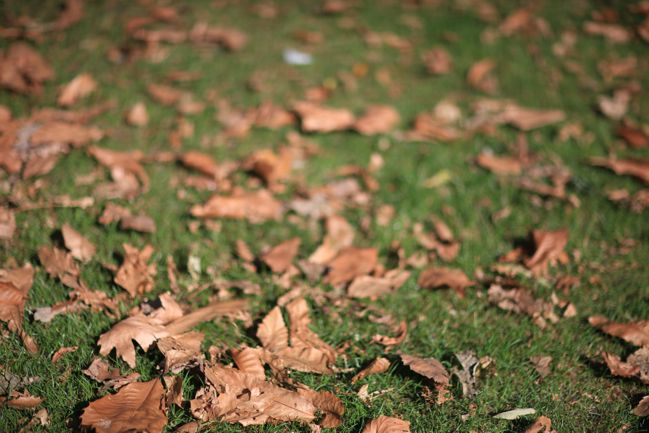
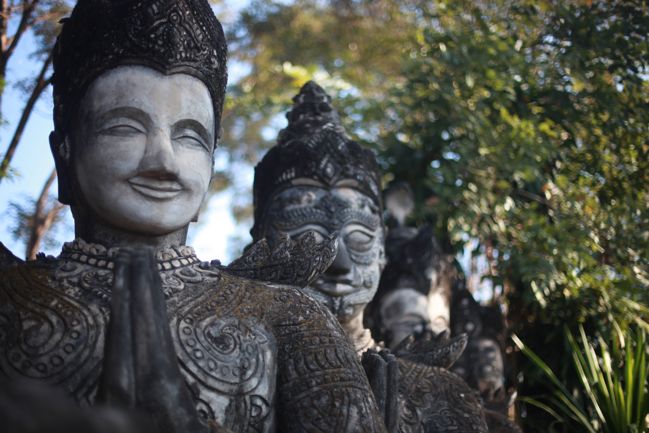
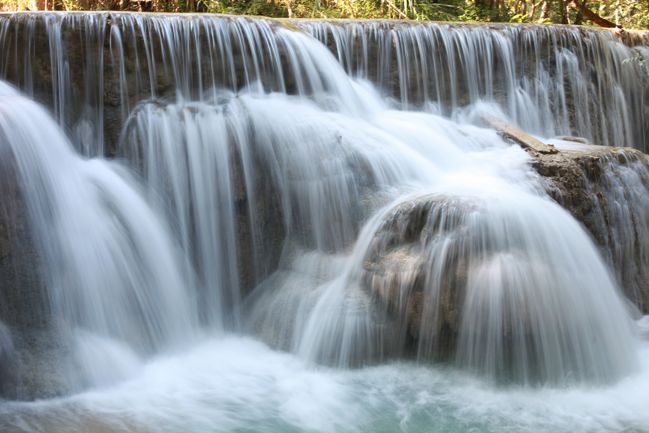 Not to worry: there’s an entire camera school post on photographing water coming soon. We’ll get there.
Not to worry: there’s an entire camera school post on photographing water coming soon. We’ll get there.

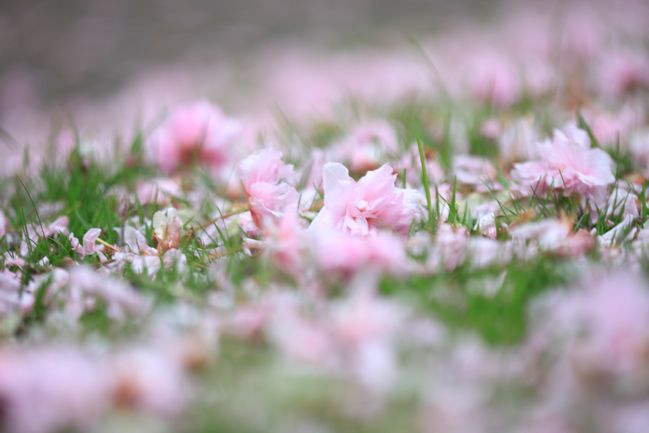
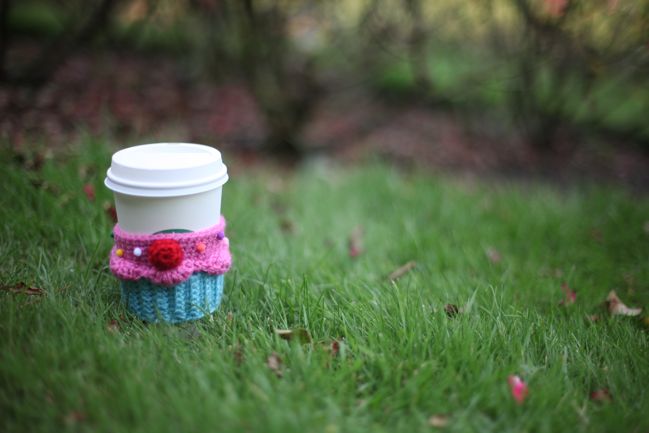
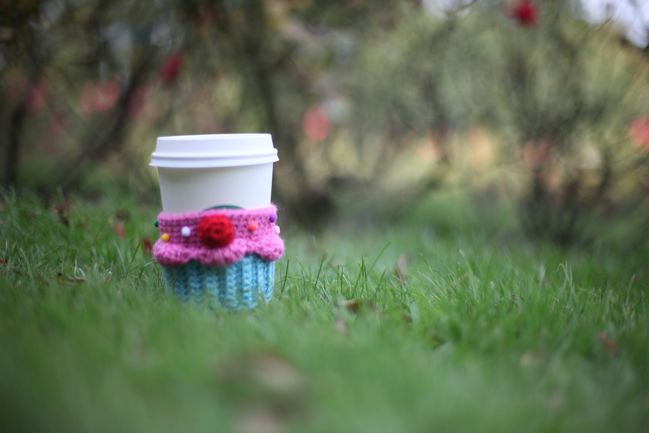
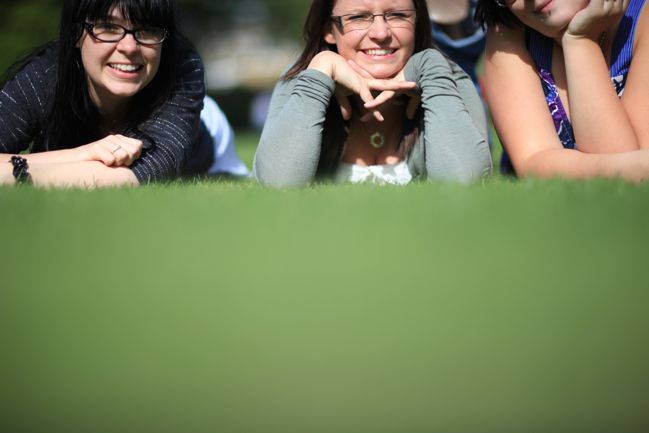
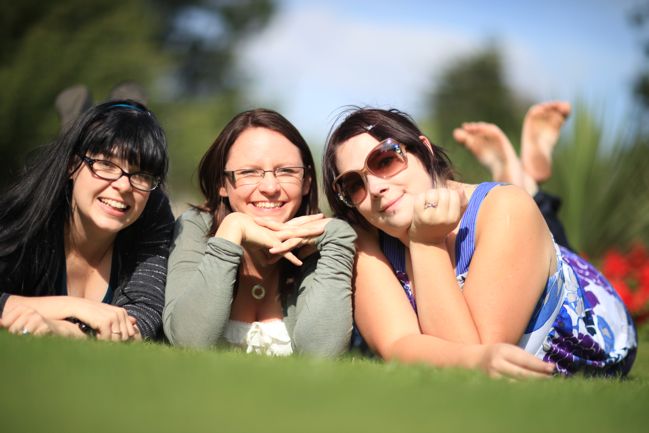
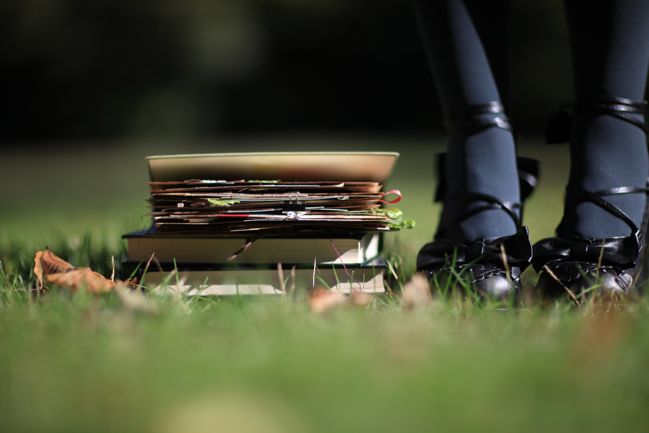
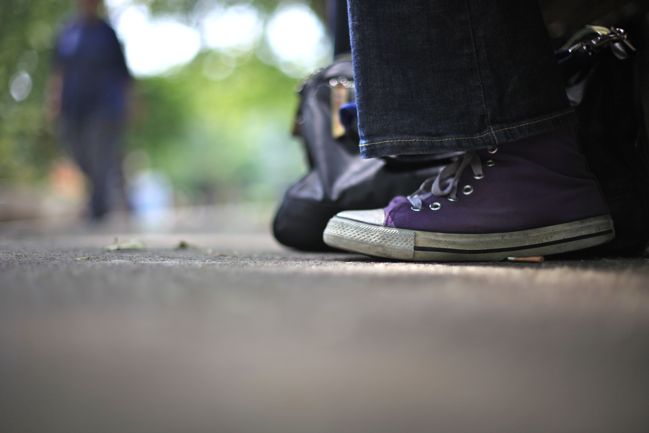
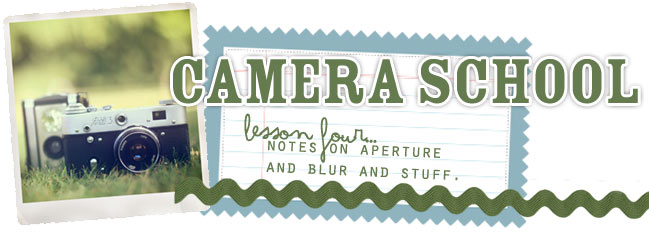

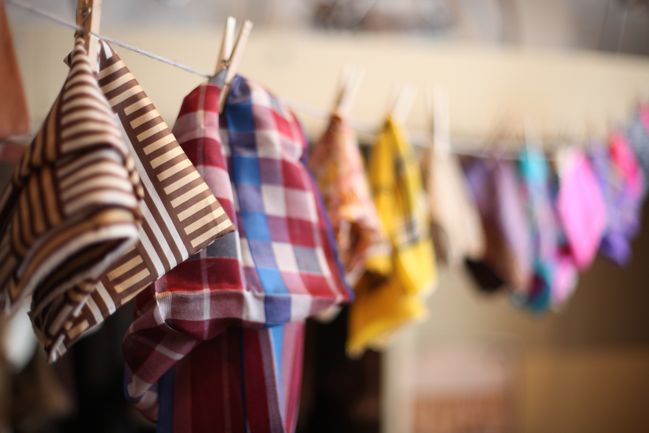
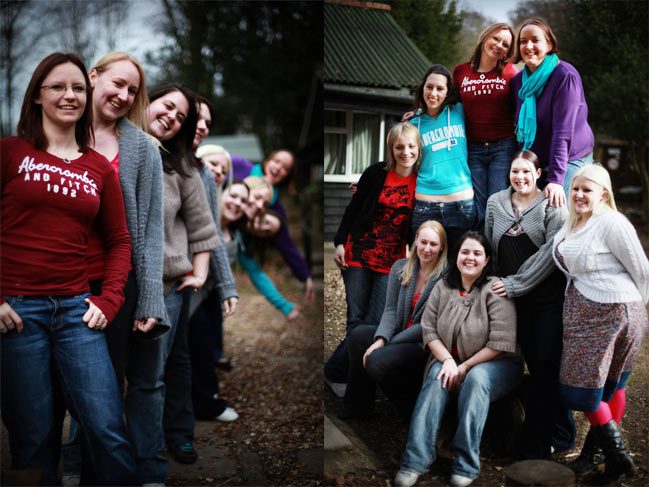
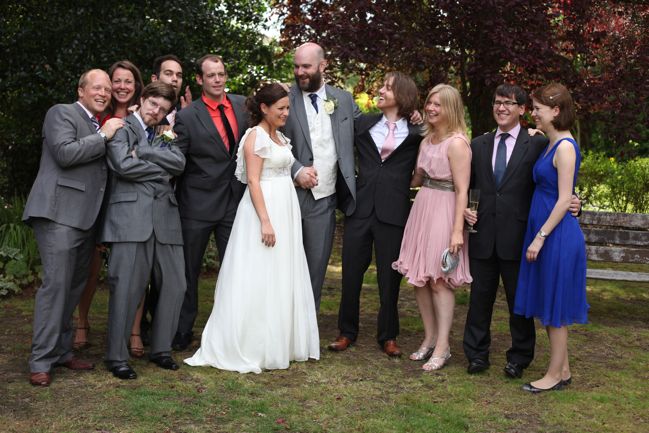
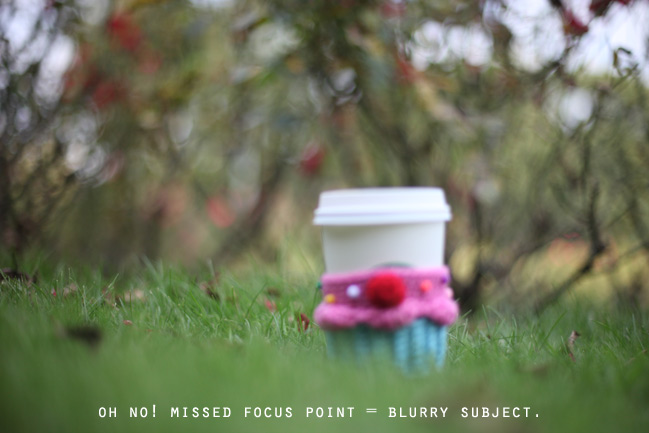
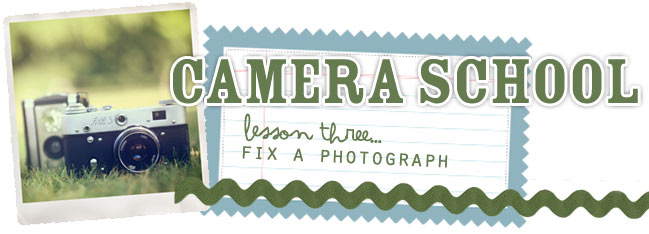
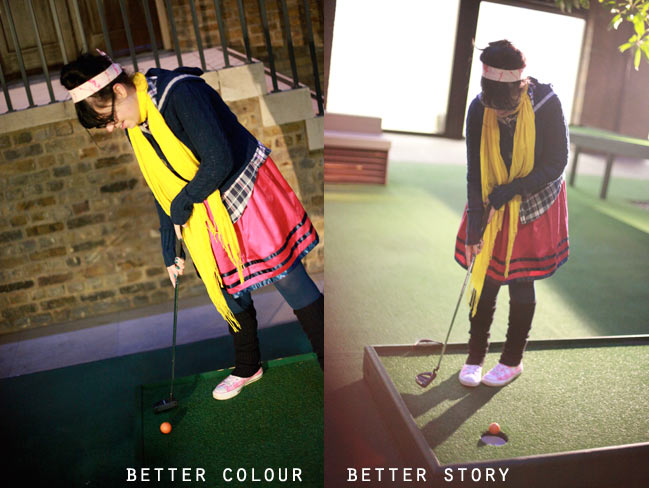
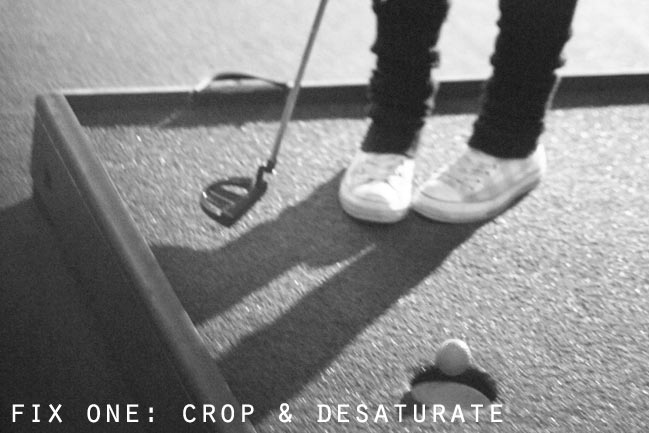
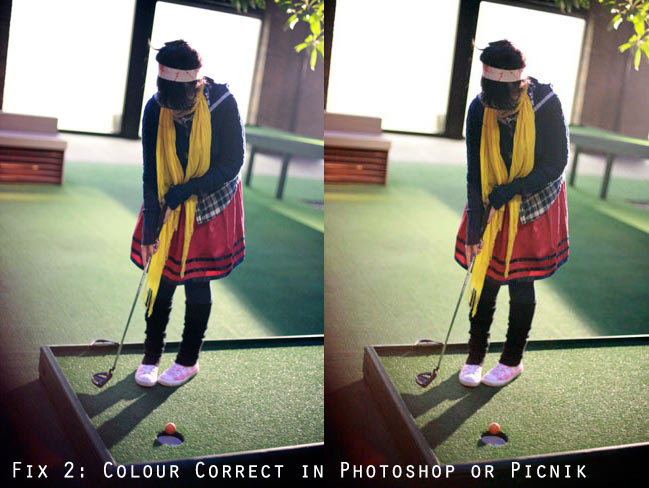
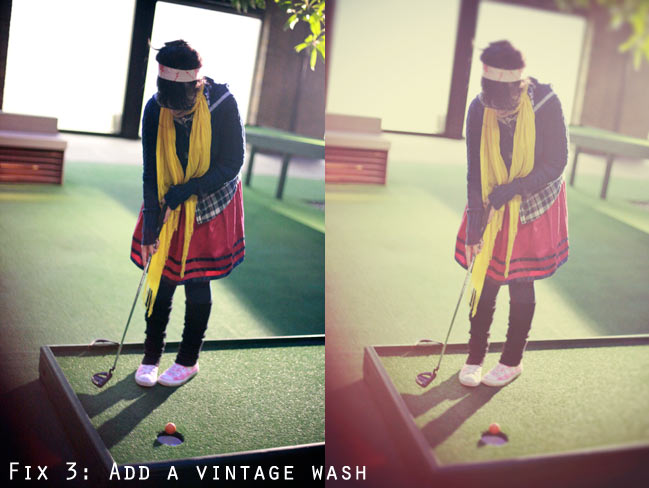
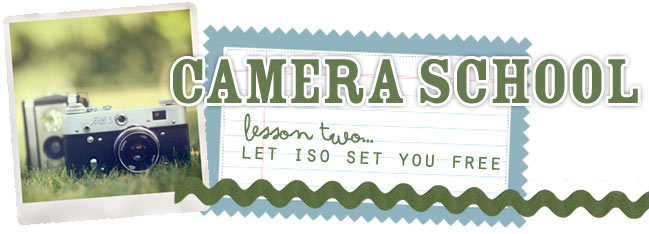
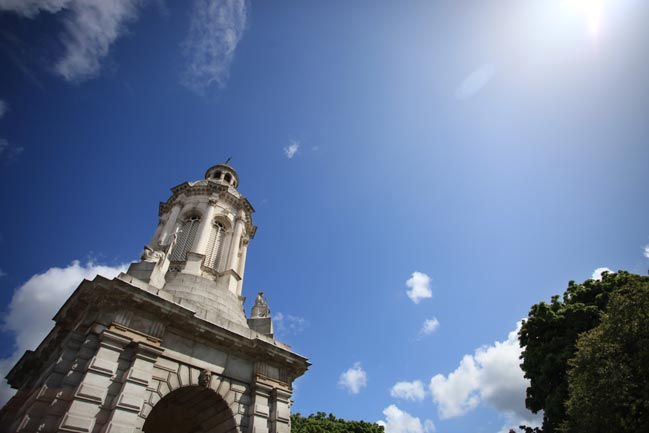 Trinity College, Dublin, on a sunny day – shot at 200
Trinity College, Dublin, on a sunny day – shot at 200 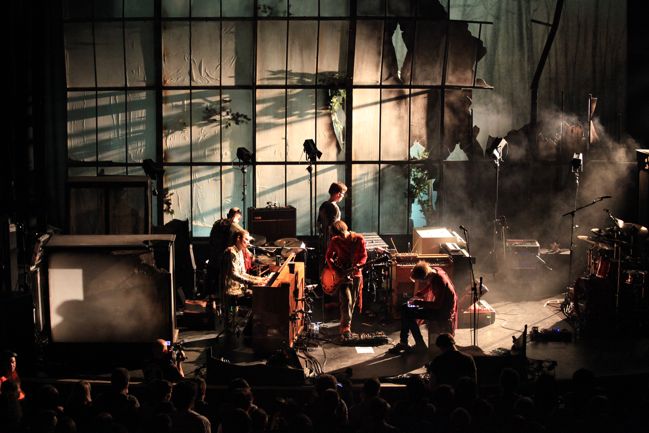 Not the 2006 pictures, but another concert with low light. This is at
Not the 2006 pictures, but another concert with low light. This is at 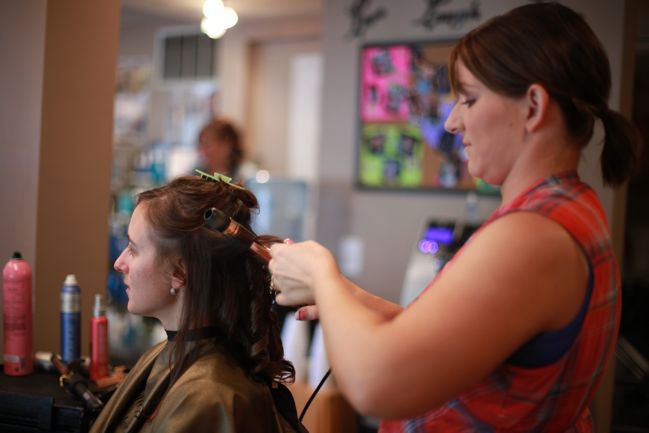 Indoors with a mix of light sources, shot at 640.
Indoors with a mix of light sources, shot at 640. 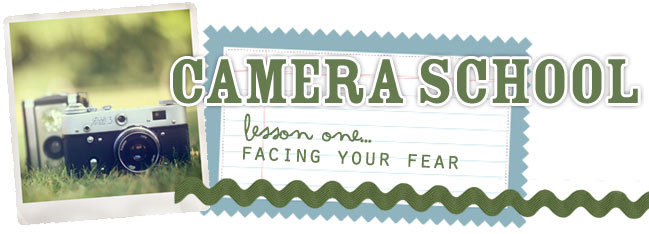
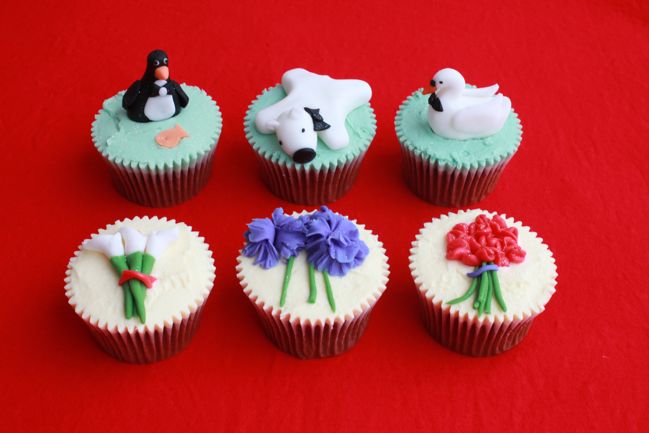 Facing my technical fear: shooting cupcakes in an entirely different style for me with some specific technical needs – for
Facing my technical fear: shooting cupcakes in an entirely different style for me with some specific technical needs – for 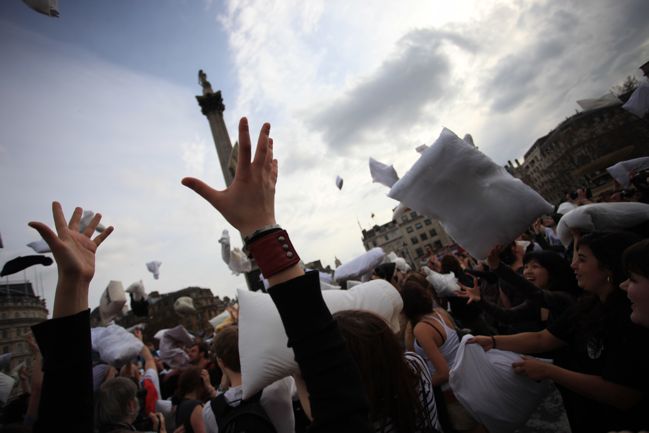 Facing my creative fear: trying to find an interesting angle to shoot for a pillow fight flash mob in Trafalgar Square.
Facing my creative fear: trying to find an interesting angle to shoot for a pillow fight flash mob in Trafalgar Square.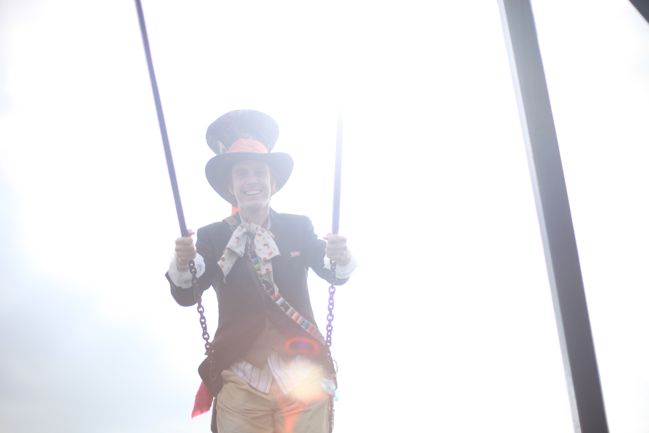 Facing my confidence fear: photos, fancy dress and a public playground filled with staring onlookers? Fear definitely faced.
Facing my confidence fear: photos, fancy dress and a public playground filled with staring onlookers? Fear definitely faced.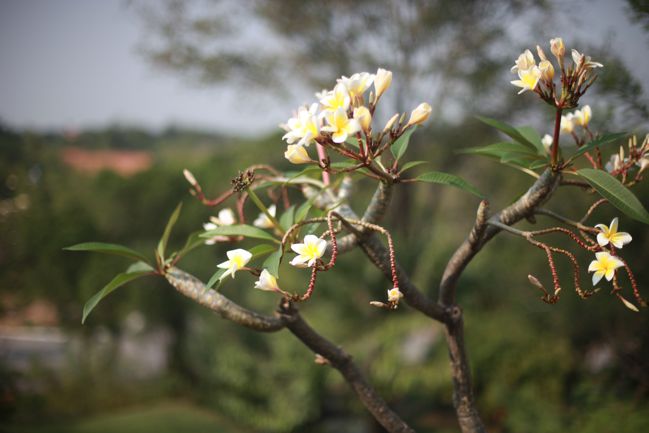 Facing my accuracy fear: a lucky shot grabbed while riding on a golf cart and not looking through the viewfinder.
Facing my accuracy fear: a lucky shot grabbed while riding on a golf cart and not looking through the viewfinder.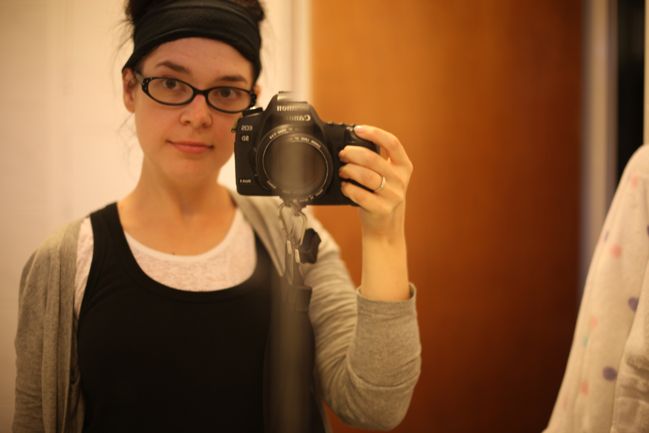 Facing my self-portrait fear: trying to capture something very real that I wouldn’t normally photograph, complete with eyes that say I need more sleep and vitamins.
Facing my self-portrait fear: trying to capture something very real that I wouldn’t normally photograph, complete with eyes that say I need more sleep and vitamins.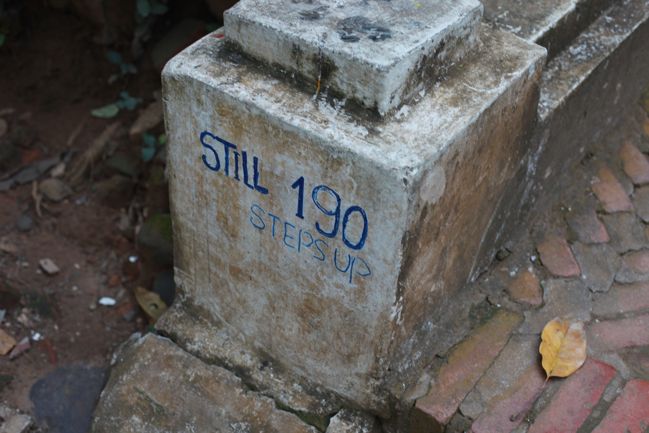 Facing a whole bunch of fears at once, but mostly the idea that once I climb a zillion stairs to get the great view, will I make it back down with taking a tumble with my camera?
Facing a whole bunch of fears at once, but mostly the idea that once I climb a zillion stairs to get the great view, will I make it back down with taking a tumble with my camera?



